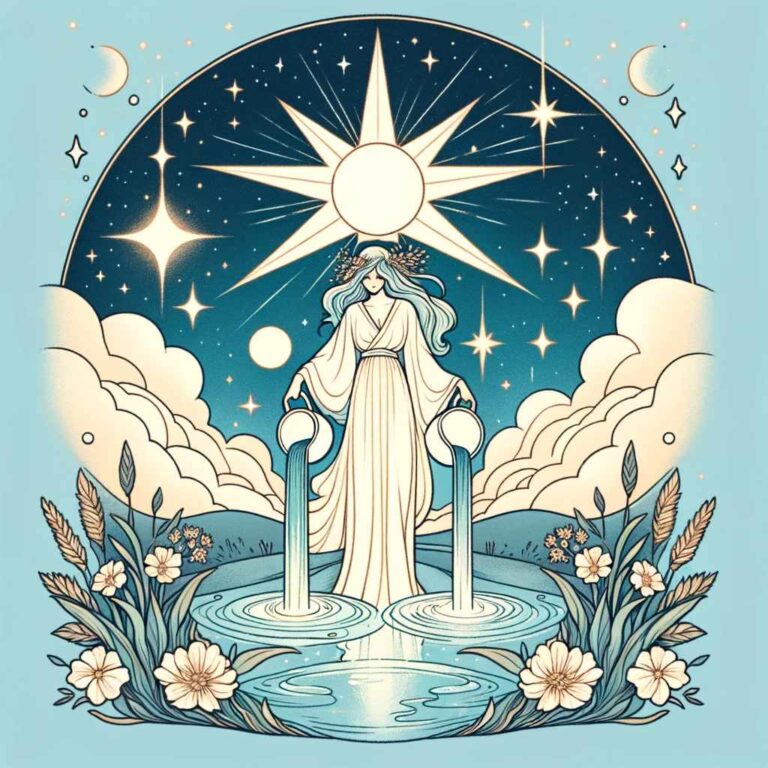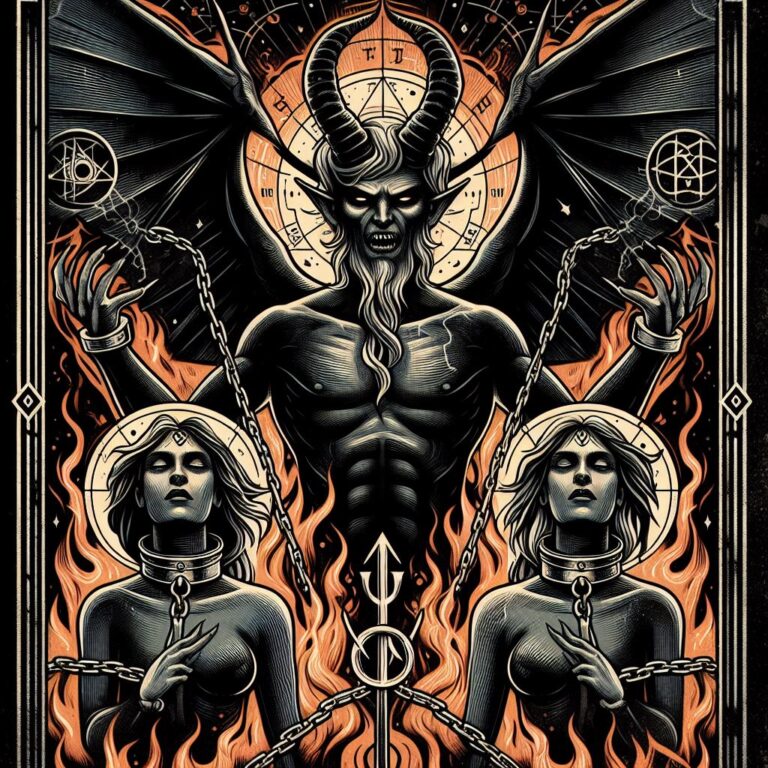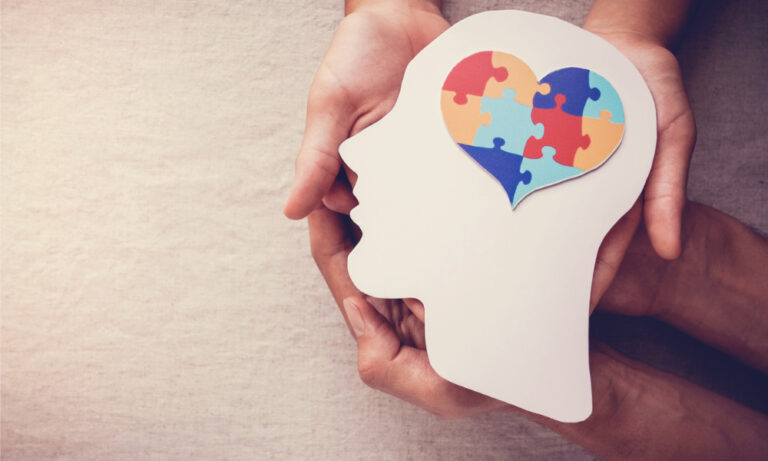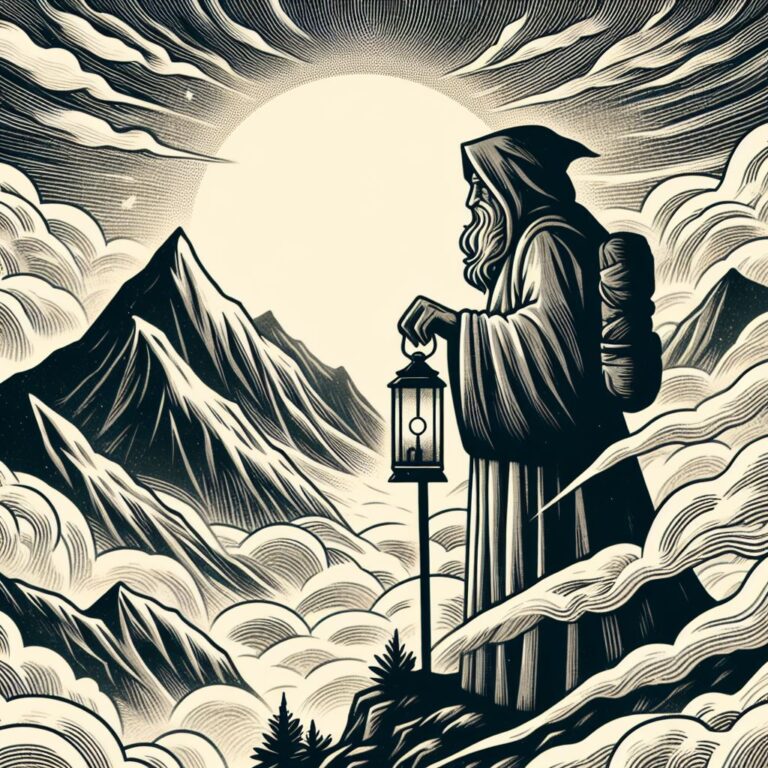The Hierophant as feelings in love and relationships – Upright and Reversed
Introduction
The Hierophant tarot card often comes up in readings focused on relationships and emotions. As one of the Major Arcana cards, the Hierophant holds deep symbolic meaning that can reveal profound insights into how you and your partner truly feel. By understanding the core upright and reversed meanings of this complex card, you can unlock the secrets of the heart and gain clarity regarding your strongest bonds.
Upright Hierophant in Love and Relationships
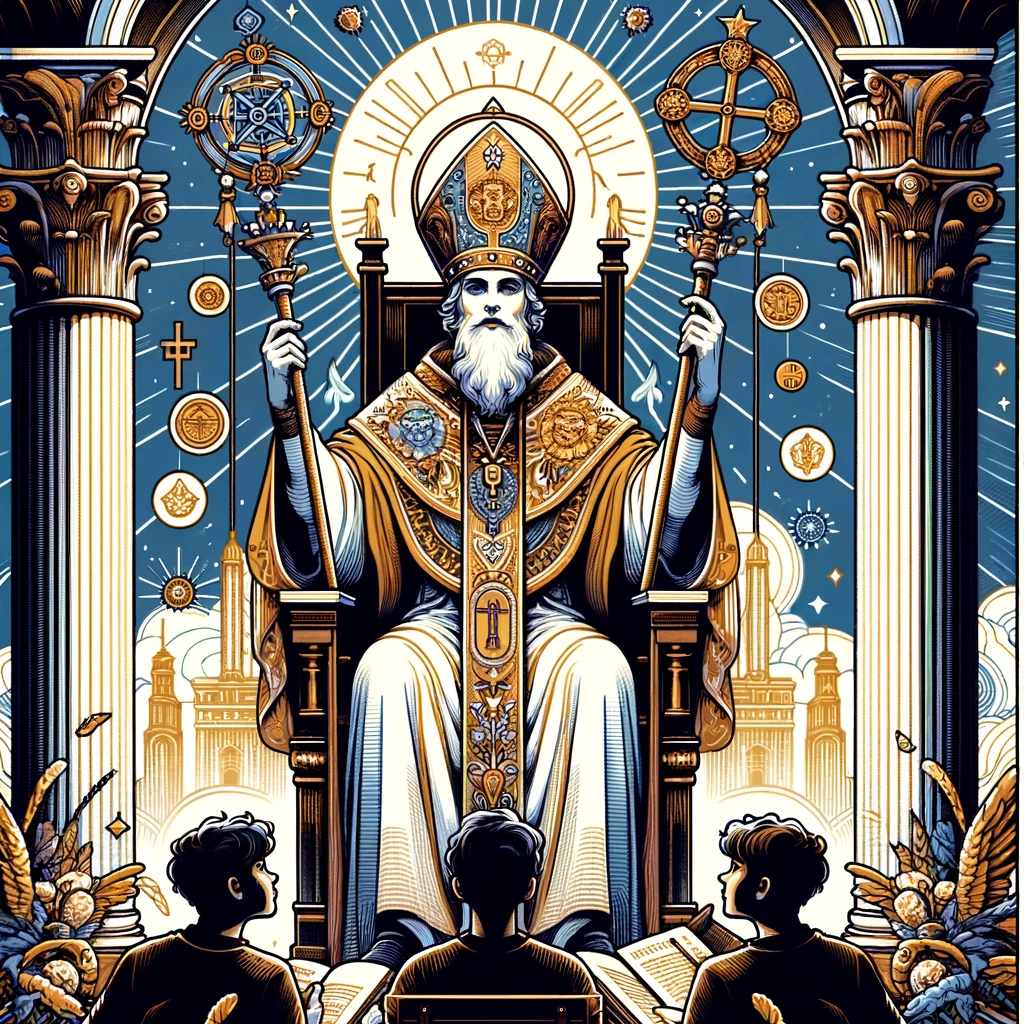
When the Hierophant appears upright in a love reading, it generally signals commitment, traditional values, and a desire for conventional relationships. Those seeing this card upright tend to seek emotional connections that align with societal norms and expectations.
Conformity and Tradition
Upright, the Hierophant reflects a longing for relationships that adhere to customary roles and practices. Those represented by this card may idealize marriage, fidelity, raising children, and other traditional romantic milestones. They likely feel most secure and happy in partnerships featuring conventional dynamics of masculine and feminine energy.
The Hierophant upright indicates a strong sense of conformity regarding relationship standards. This card points to a preference for commitment according to social norms versus more alternative arrangements. Those resonating with the upright Hierophant generally have traditional mindsets toward gender expression and identity as well.
Institutions and Official Bonds
In the upright position, the Hierophant energy is strongly associated with institutions, official commitments, and structured relationships. This tarot card often signals engagements, marriages, oaths, ceremonies, and other formal bonds. It reflects a desire to solidify intimate connections through socially meaningful rituals and establishments.
Upright, this card indicates valuing the official nature of weddings, legal spousal rights, religious sacraments, and other traditional institutions meant to formalize partnerships. For those represented by the Hierophant, such official steps hold deep emotional significance. They likely wish for the security, validation, and social meaning offered by conventional relationship milestones.
Guidance Through Established Systems
The Hierophant upright points toward finding guidance, mentorship, and support through larger belief systems and establishments. This card reflects positive affiliations with traditional institutions like religions, schools of thought, or cultural value frameworks.
In the context of relationships, the upright Hierophant suggests trusting and adhering to established structures, moral codes, and models for healthy bonding. Those resonating with this card likely feel relationships thrive when built upon shared worldviews, ethical values, and traditional support systems. They seek wisdom and direction through customary guides.
Reversed Hierophant in Love and Relationships
In contrast, the reversed Hierophant often signals rebellion, resistance to conformity, and desire for less structured relationships. Those represented by this card tend to reject socially expected bonds and seek more freedom.
Rebellion and Nonconformity
The reversed Hierophant reflects pushback against traditions and norms regarding relationships and intimacy. Where the upright Hierophant favors conformity, those connecting with this card reversed tend to idealize individuality, sovereignty, and more alternative arrangements.
This card often represents those who rebel against societal expectations of gender, sexuality, monogamy, marriage, and other relationship standards. The reversed Hierophant energy resists anything perceived as limiting freedom or pressuring one into a “box.” It reflects a questioning, less trusting attitude toward established conventions.
Self-Determination Over Conformity
While the upright Hierophant favors the security of norms, reversed this card values self-directed bonds not beholden to customs. Those represented here likely wish to build relationships according to their own definitions of commitment, intimacy, and happiness rather than society’s.
The reversed Hierophant suggests one feels confined or controlled by expectations to formalize relationships through establishments like marriage. This card indicates a strong drive toward self-determination and sovereignty in romantic connections instead of conforming to outside expectations. It points to prioritizing inner wisdom over external direction.
Caution With Rigid Belief Systems
In contrast to the upright Hierophant’s guidance through traditional systems, reversed this card flags potential issues with rigid codes, dogmas, or moral frameworks regarding relationships. It suggests established guides may not suit one’s needs for freedom and fluidity in intimate bonding.
The reversed Hierophant asks one to examine whether they have given their power away to limiting worldviews, restrictive religious dictates, or excessive rules-based systems defining permitted intimacy. This card ultimately cautions against overly rigid structures that cannot accommodate authentic relating.
Interpretation and Symbolic Meanings
Whether upright or reversed, the Hierophant is a richly layered card with extensive symbolic meaning that can reveal deeper emotional truths in the context of relationships. By reflecting on associated symbols and imagery, you can clarify how this card speaks to you and your connections.
Keys and Crosses
The keys and crosses displayed in Hierophant imagery hold multilayered significance. Upright, they may signal spiritual guidance, answers offered through traditional belief systems, or commitment “sealed” by ritual acts. Yet reversed, these symbols may suggest feeling restricted by rigid rules or questioning imposed moral frameworks.
Thrones and Institutions
The Hierophant’s throne and temple setting reflects established systems of order, ritual, and governance. Upright it indicates valuing the security of socially legitimized bonds and formality. But reversed, this symbolism may signal desiring autonomy over conformity to institutional structures.
Gender and Sexuality
As a Pope-like masculine spiritual figure, the Hierophant upholds traditional standards regarding gender, gender roles, and sexual norms. Upright it suggests alignment with conventional relationship models, while reversed it flags tension with societal limits around identity and intimacy.
By reflecting on such symbolic meanings in context, you can unlock deeper insights from this complex tarot card regarding your true feelings and relationship needs. Be open to messages that may challenge preconceptions about yourself and your bonds.
Conclusion
The Hierophant is a richly nuanced card carrying profound messages regarding emotions, relationships, conformity, rebellion, institutions, belief systems, gender, sexuality, and more. By considering its upright and reversed meanings in light of your own journey, you can gain clarity around your authentic path to intimacy.
Let this mysterious card be your guide as you navigate inner landscapes of the heart. With compassion and courage, may you build bonds aligned with your deepest truths – whether conforming to or diverging from norms. Wherever this card leads you, have faith its revelations will unlock your way toward profound connection.

